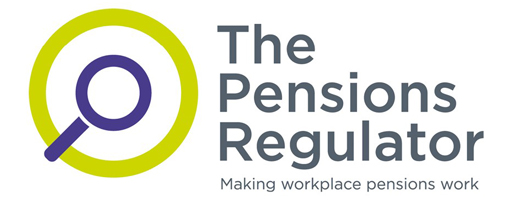Independent schools should carefully consider if the benefits of the Teacher’s Pension Scheme (TPS) and Scottish Teacher's Pension Scheme (STPS) outweigh the potential risks of staff redundancies or staff pay cuts, Hymans Robertson has said.
A freedom of information request made by the consultancy revealed that 401 schools left the TPS between August 2019 and April 2025.
Hymans Robertson stated that for many schools, the TPS has become cost-prohibitive, and its costs remain on an upward trajectory.
The consultancy warned that while many independent schools are leaving the TPS to "manage their books", alternative systems that can ensure teachers’ pensions are adequate must also be considered "carefully".
Hymans Robertson head of defined contribution (DC) corporate consulting, Hannah English, said the TPS and STPS are “very generous” pension schemes for teachers and the upside of their benefits should not be understated.
However, she pointed out that TPS costs rose by around 20 per cent in April 2024, and the STPS costs rose by roughly 11 per cent in the same month.
“The rise in the cost of pension schemes – which did not increase benefits enjoyed by teachers – is just one of four cost increases that are burdening independent schools’ ability to balance their books,” English continued.
“The other cost increases on schools are the hike in employer national insurance contributions (NICs), school fees becoming subject to VAT, and the scrapping of charitable business rates (for most schools in England).”
English explained for a teacher being paid £40,000 in England, the rising cost of the TPS and employer NICs will cost a school almost £3,000 per teacher, not including cost rises caused by the VAT increase or scrapping of charitable business rates, which she said “further squeeze” schools ability to "balance the books".
Additionally, English said as independent schools face increased financial pressure, over 400 schools have opted out of the TPS and around 300 have decided to stop offering TPS benefits to new teachers.
“The question schools are having to consider is, at what cost will they remain in the TPS? If staff are taking pay cuts – or facing possible redundancies – is this a price worth paying for a generous pension scheme?” she added.
English said that Hymans Robertson “strongly advocates” for an increase in how much people pay into their pensions – across all industries and different employment groups.
However, English noted that with many schools choosing to opt out of the TPS, the pension scheme now appears to risk the financial viability of these schools as businesses.
In terms of solutions and alternatives, she said schools have several options including a ‘mixed economy’ solution, where current hires remain in the TPS/STPS while alternative pension arrangements are made for new hires, or a ‘total reward solution’, where teachers are given the choice of opting out of the STPS/TPS into a DC scheme or staying in the STPS/TPS with a reduction in pay.
The final option English outlined, which she called the “most straightforward option”, is to move all teachers to a DC scheme, giving more certainty but imposing a charge on teachers.
She explained that this pathway can be flexible, as schools can choose to give teachers choices such as swapping pension contributions for salary or other rewards.
“Changing someone’s retirement income can be stressful and a cause for concern,” she added.
“To help alleviate this, schools must listen to their teachers and ensure they are part of any pension scheme reconsideration.
“While financial pressure on schools continues to grow, it is crucial that those who have built a career through helping, inspiring and teaching children are supported after they leave the classroom for the final time.”
Private markets – a growing presence within UK DC
Laura Blows discusses the role of private market investment within DC schemes with Aviva Director of Investments, Maiyuresh Rajah
The DB pension landscape
Pensions Age speaks to BlackRock managing director and head of its DB relationship management team, Andrew Reid, about the DB pensions landscape
Podcast: Who matters most in pensions?

In the latest Pensions Age podcast, Francesca Fabrizi speaks to Capita Pension Solutions global practice leader & chief revenue officer, Stuart Heatley, about who matters most in pensions and how to best meet their needs
Podcast: A look at asset-backed securities

Royal London Asset Management head of ABS, Jeremy Deacon, chats about asset-backed securities (ABS) in our latest Pensions Age podcast
© 2019 Perspective Publishing Privacy & Cookies










Recent Stories